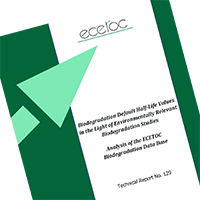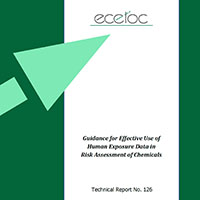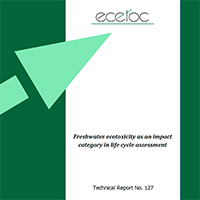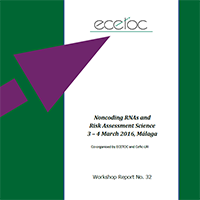Search results
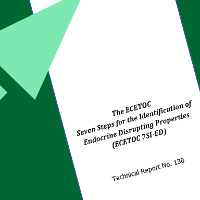
TR 130: The ECETOC Seven Steps for the Identification of Endocrine Disrupting Properties (ECETOC 7SI-ED)
The ECETOC 7SI-ED is recommended as a tool to assess whether or not a substance possesses endocrine disrupting properties. It is based on robust scientific principles and has been designed to be pract...
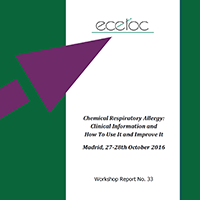
Workshop Report 33: Chemical respiratory allergy: clinical information and how to use it and improve it. October 27-28 October 2016, Madrid
The workshop identified various areas that can drive improvements in the identification, classification and risk characterisation of respiratory sensitisers and recommended several practical steps to...
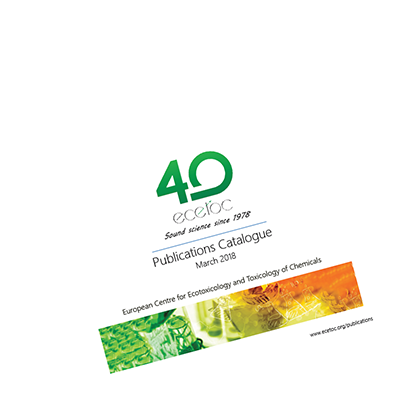
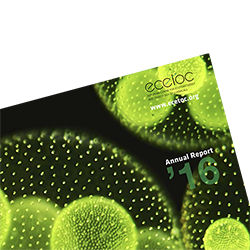
ECETOC 2016 Annual Report
Overview of the 2016 activities and output of the European Centre for Ecotoxicology and Toxicology of Chemicals (ECETOC)...
Is an ecosystem services-based approach developed for setting specific protection goals for plant protection products applicable to other chemicals?
Clearly defined protection goals specifying what to protect, where and when, are required for designing scientifically sound risk assessments and effective risk management of chemicals. Environmental...
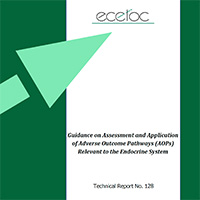
Technical Report no.128: Guidance on assessment and application of Adverse Outcome Pathways (AOPs) relevant to the Endocrine System
Various European chemical regulations, e.g. Regulation (EC) No. 1907/2006 (‘REACH’) and Regulation (EC) No. 1107/2009 (plant protection products) only support the marketing and use of chemical pro...
Advancing the use of noncoding RNA in regulatory toxicology: Report of an ECETOC workshop
The European Centre for the Ecotoxicology and Toxicology of Chemicals (ECETOC) organised a workshop to discuss the state-of-the-art research on noncoding RNAs (ncRNAs) as biomarkers in regulatory toxi...
Adapting SimpleTreat for simulating behaviour of chemical substances during industrial sewage treatment
The multimedia model SimpleTreat, evaluates the distribution and elimination of chemicals by municipal sewage treatment plants (STP). It is applied in the framework of REACH (Registration, Evaluation,...
Future needs and recommendations in the development of species sensitivity distributions: Estimating toxicity thresholds for aquatic ecological communities and assessing impacts of chemical exposures.
A species sensitivity distribution (SSD) is a probability model of the variation of species sensitivities to a stressor, in particular chemical exposure. The SSD approach has been used as a decision s...
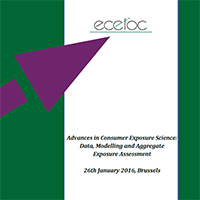
Workshop Report no.31: Advances in Consumer Exposure Science: Data, Modelling and Aggregate Exposure Assessment. 26th January 2016, Brussels
This workshop report summarises a workshop held in Brussels on 26th January 2016 by the ECETOC Human Exposure Data Task Force on the state of the art of consumer exposure assessment science as develop...
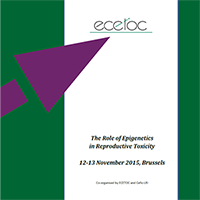
Workshop Report no.30: The Role of Epigenetics in Reproductive Toxicity
This workshop explored the current state of the science on epigenetics and its role in reproductive toxicity. Experts from a range of scientific disciplines met over two days to share knowledge and br...
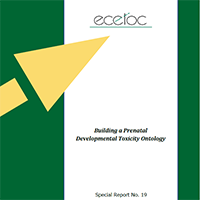
Special Report no.19: Building a Prenatal Developmental Toxicity Ontology
This report discusses the need for a systematic representation of knowledge about developmental toxicity (i.e. an ontology) that would enable computer-based prediction of which chemicals are likely to...
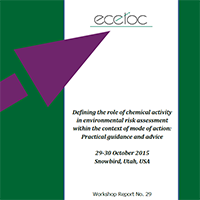
Workshop Report no.29 – Defining the role of chemical activity in environmental risk assessment within the context of mode of action: Practical guidance and advice
Chemical activity has recently been promoted as a useful concept for interpreting and classifying ecotoxicological data and for performing environmental risk assessment of chemicals. The most common...

